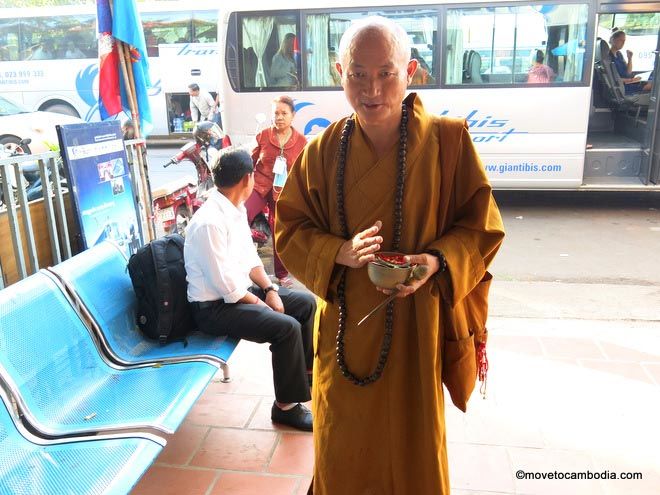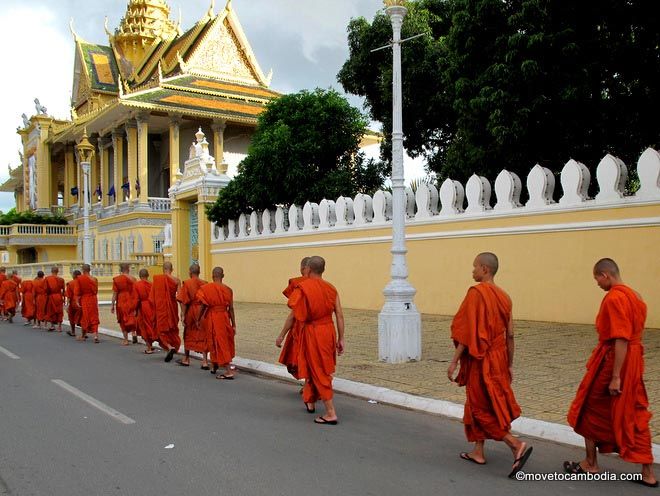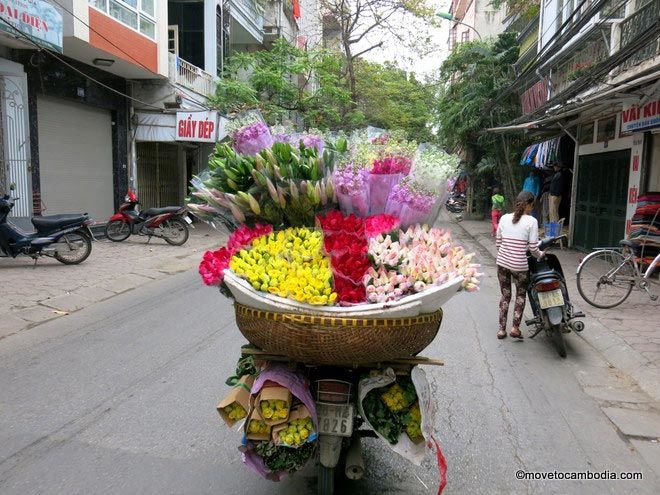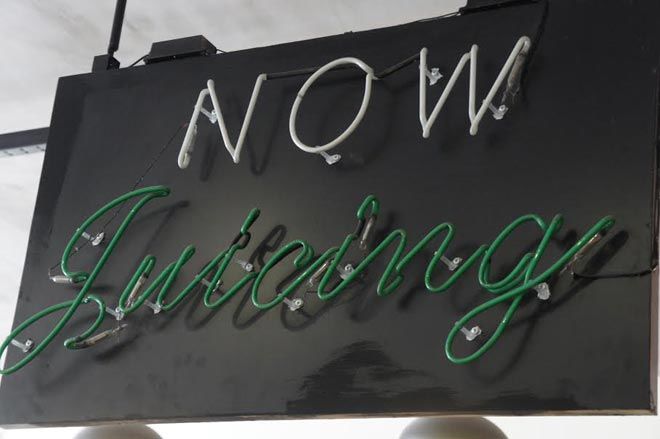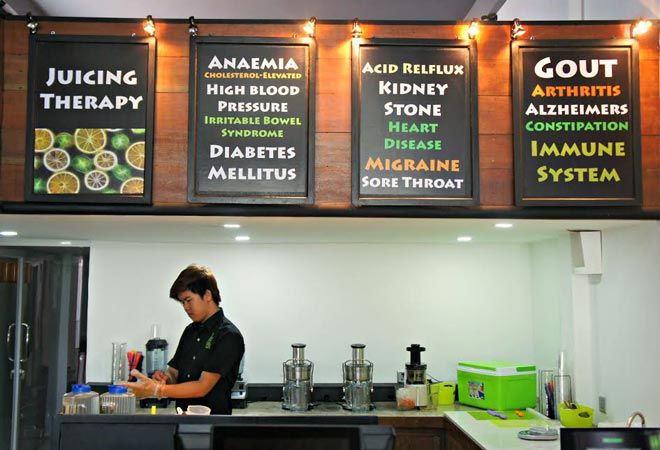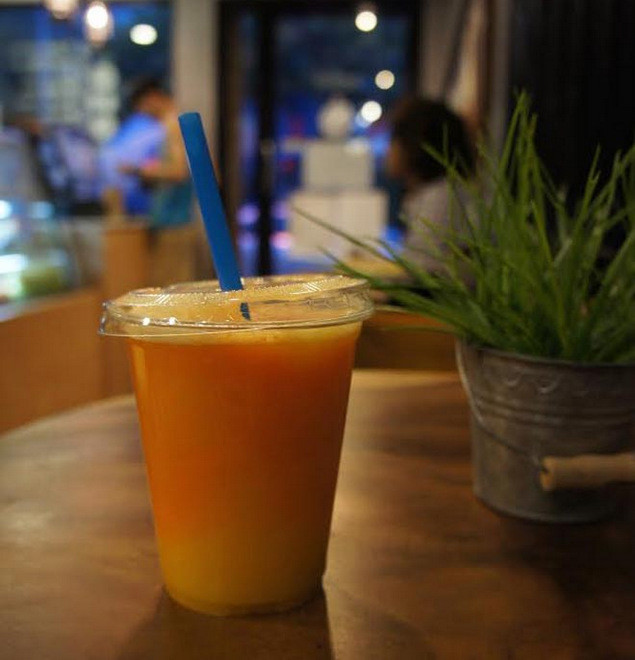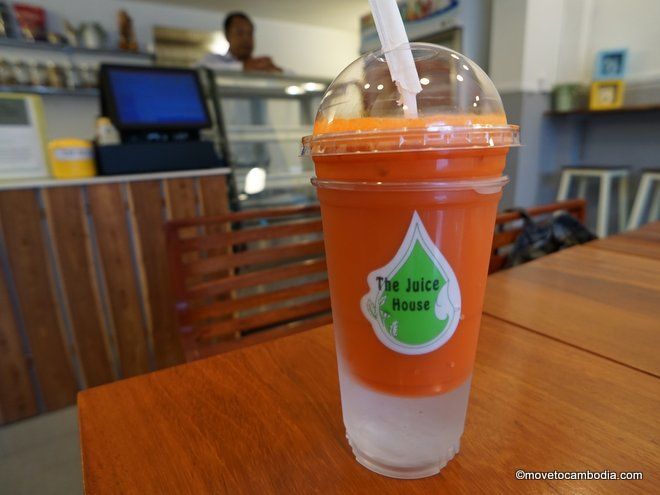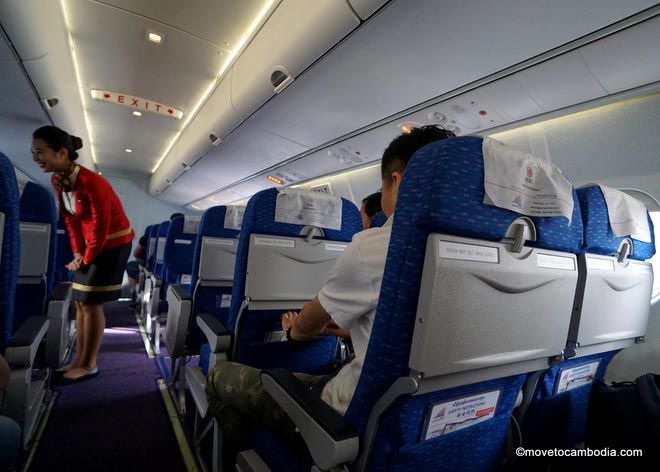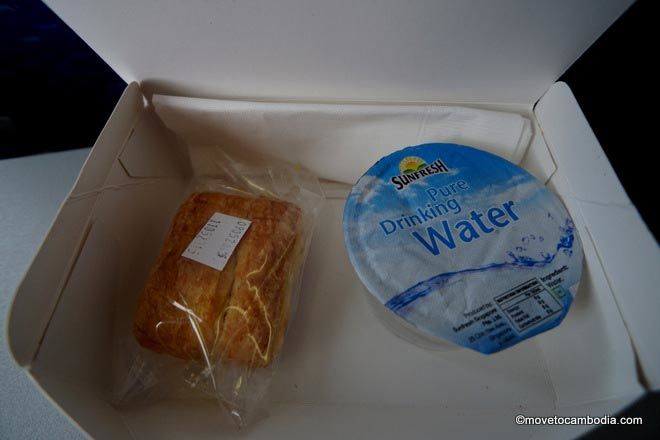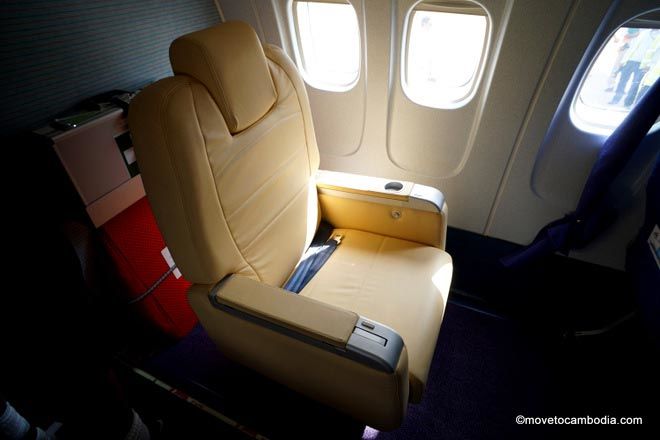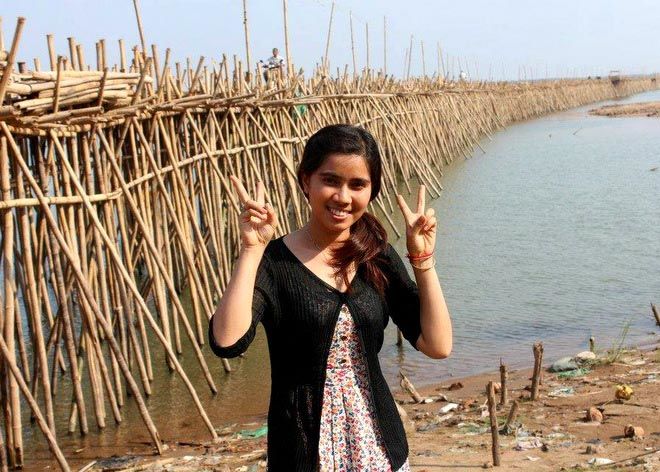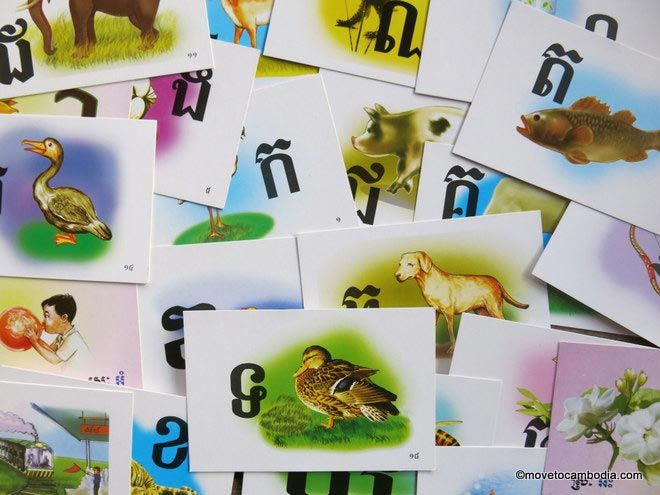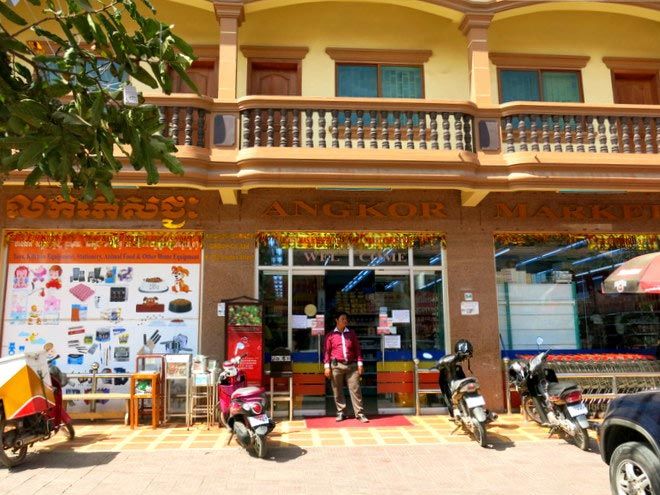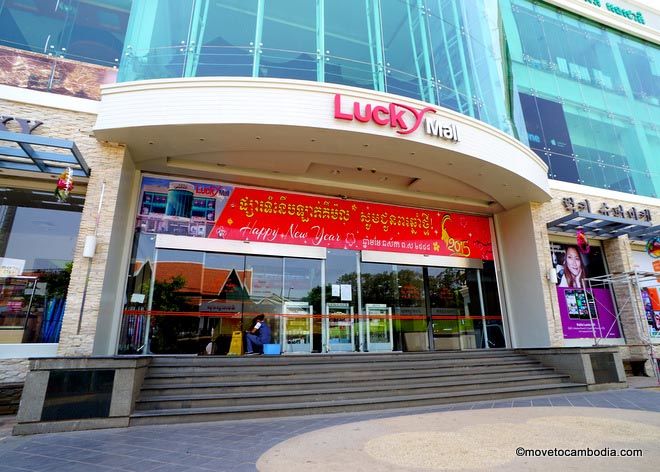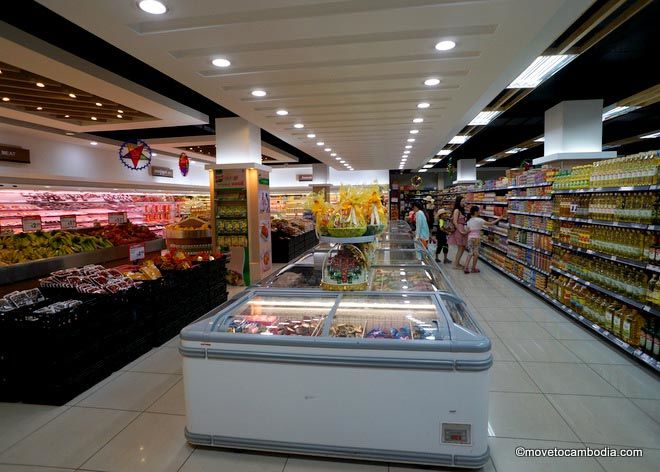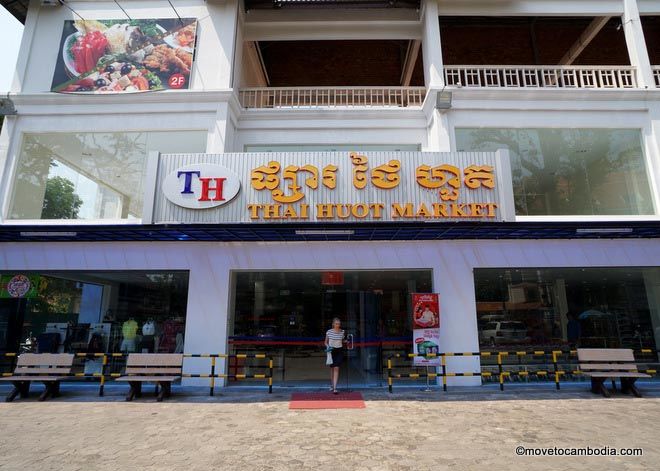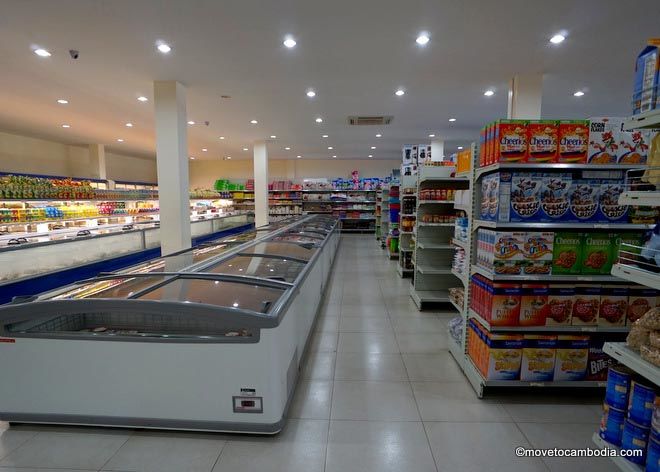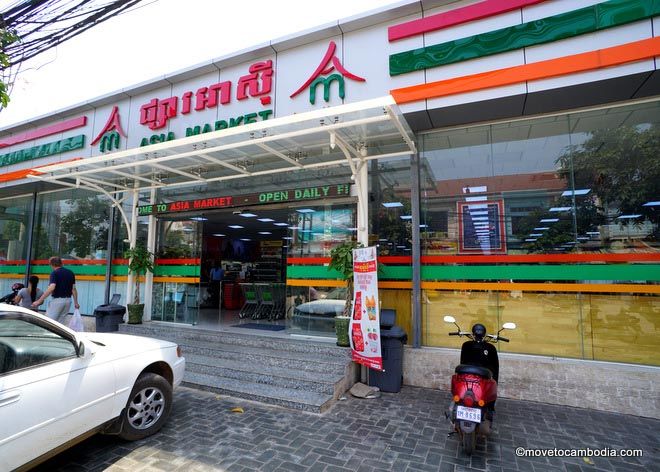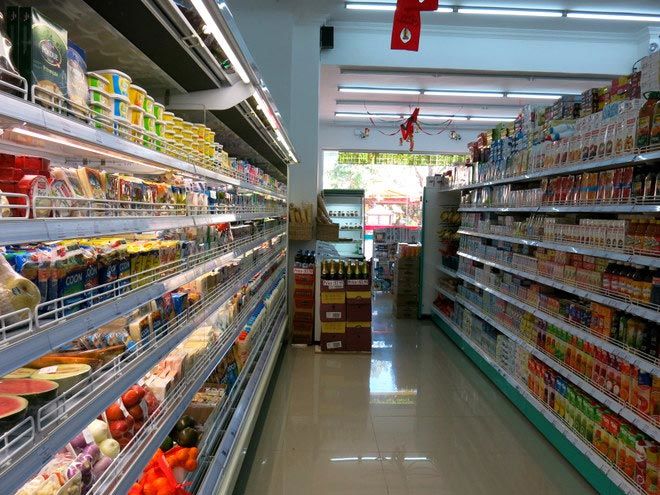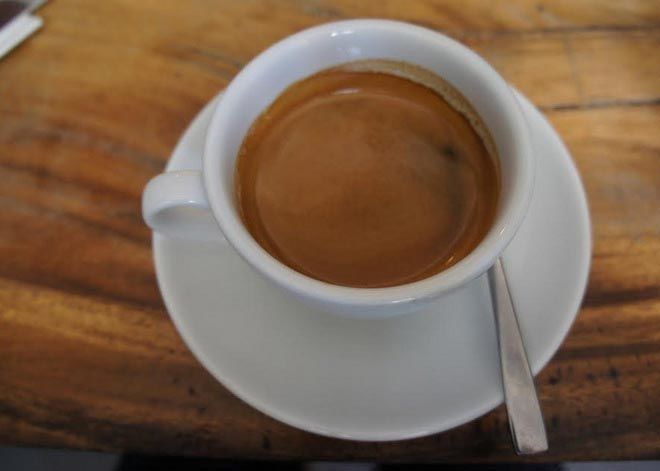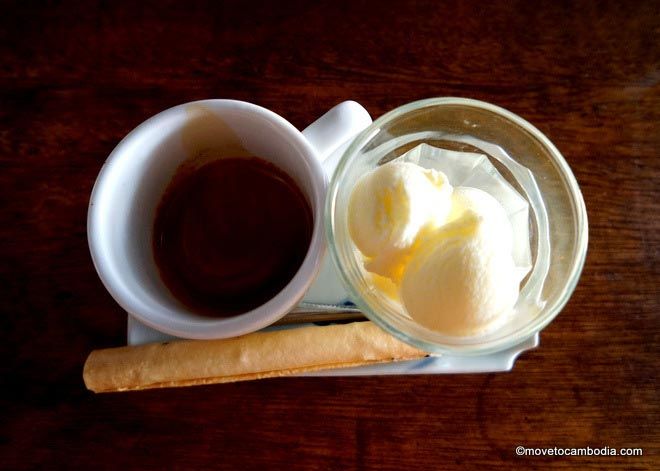This is our first post from Siem Reap-based writer Zita Long. Zita is Canadian-Cambodian and the head baker of Siem Reap Bäckerei, a microbakery specializing in artisanal sourdough breads. Zita is interested in all things edible, and will be sharing his reviews of the best that Cambodia has to offer. In this post, he asks the eternal question, “Where can I find the best pizza in Phnom Penh?”
Last week I had the opportunity to spend a few days in Phnom Penh. I took advantage of that opportunity and — guided by online research and recommendations from food fanatic friends — visited some of the “best” pizza joints in Phnom Penh. Keep reading and you’ll see my scathing reviews. Nah, just playin’, I’d like to think my reviews are honest and fair. Additionally, I want to demonstrate why the opening question is utter bullpoop. A much better question is, “I prefer ‘this style of pizza’, where can I find it?” You’ll see what I mean.
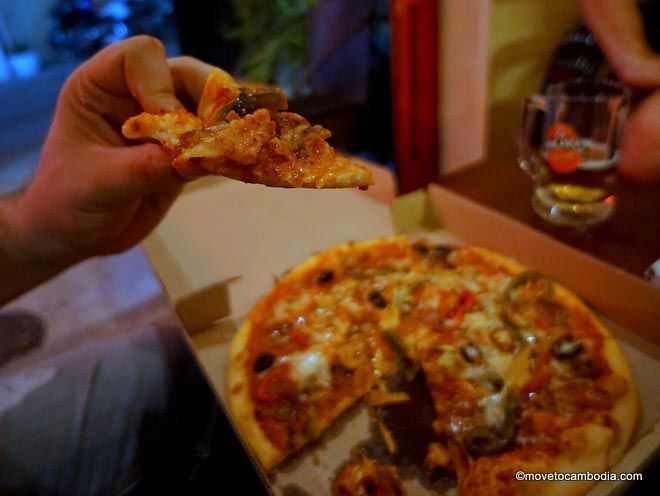
Desperately seeking the best pizza in Phnom Penh.
Piccola Italia Da Luigi
Piccola Italia is a popular pizzeria amongst Phnom Penh expats, it seems. Basically, you have this small, cramped restaurant, on the edge of a narrow lane, packed with peeps either squeezing their way into the eatery, possibly seated next to strangers, or standing nearby to pick up their takeaway pizzas.
From what I hear and read, Piccola Italia makes the most authentic Italian pizza in Phnom Penh. Maybe, I don’t know. That’s a vague and bold claim, but what I do know is that Piccola Italia makes crispy, thin-crust pizzas. Brittle, crackly, with bulbous air pockets around the rim, that holds its shape when lifted (a pizza slice, that is). However, contrary to what some people may believe, I don’t think they’re wood-fired.
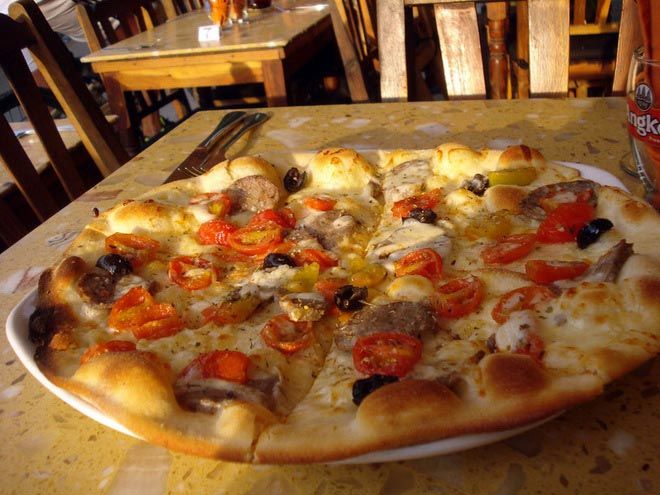
Does Piccola Pizza have the best pies in town?
I ordered the Dell’ennese, a pizza topped with mozzarella and pecorino cheese, cherry tomatoes, Italian sausage, oregano, and black olives. To be frank with you, I was disappointed. Not because the pizza tasted awful (it tasted alright, actually), but because I expected a tomato sauce based pizza. I skimmed the menu too quickly, so totally my fault! My only regret is that I’m only one person and couldn’t try a wider selection of their pizzas.
Also, I was shocked at how many expats (likely regulars) in Piccola Italia spoke Khmer to the local servers, with near perfect accents. (I’m a Canadian-Khmer, by the way.) There were several of them, a mix of Italians, French, and other non-Khmer nationalities! That’s friggin’ cool, man.
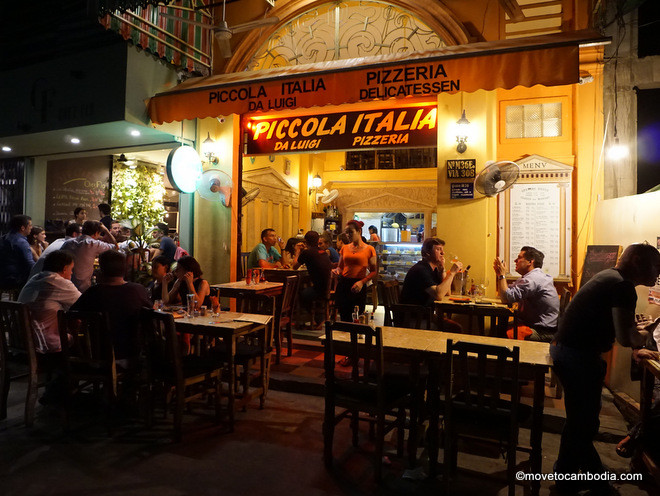
Arriving when the open is the best way to get a seat at Piccola. They are packed most nights!
Suggestions: Make reservations if dining with a group or even with one other person. Unless you enjoy crowds or have no other options, eat on weekdays at 5 p.m., just when the restaurant opens for dinner. Be patient with service.
The damage: $6.25 (Dell’ennese, Medium)
The Italian House
Phnom Penh, you have a hidden treasure! Shy of a year old, The Italian House is a quiet, cosy restaurant specializing in Neapolitan-style pizzas. What’s that, you say? No worries, I’ll explain.
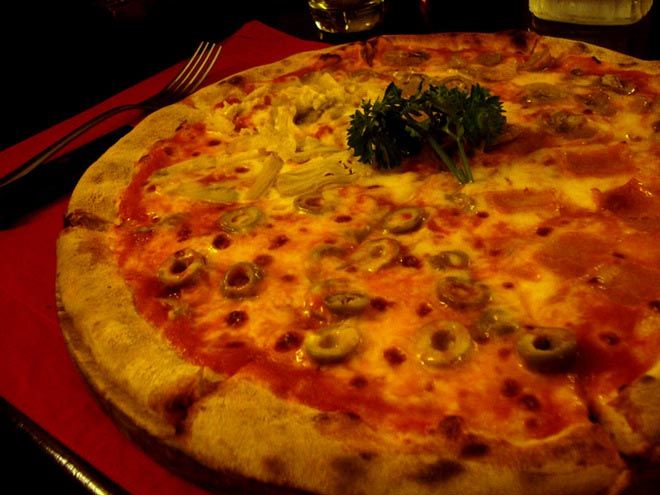
The Italian House: A hidden gem with Neapolitan-style pizzas.
Most commercial ovens hit a max temp of 400C/750F. In such machinery, pizzas typically take a few minutes to cook (with an evenly browned crust). In comparison, Neapolitan-style pizzas bake at higher temperatures and cook in about 30 to 90 seconds. This is accomplished by using a scorching hot, domed (for better hot air circulation), wood/coal-fired, clay/brick oven. Other specifications for certified Neapolitan pizzas include using a specific type of Italian tomatoes for the sauce, using a certain type of Italian flour for the crust, etc.
By chance, I met Mr. Paolo, the owner and manager of The Italian House. A stern, quiet, and reserved dude. (For whatever reason, these are common traits in a lot of professional bakers, including myself.) Mr. Paolo is a 2-in-1 pro: an expert pizza maker AND brick oven builder from Italy. I’m telling you, this guy knows his schmitt. Seriously, that beautifully charred, dark golden brown crust, mottled with black spots, encircling a bed of tomato sauce with melted fresh mozzarella atop. I nearly peed myself from excitement when I first laid my eyes on those beauties, both the self-built wood-fired oven and pizza.
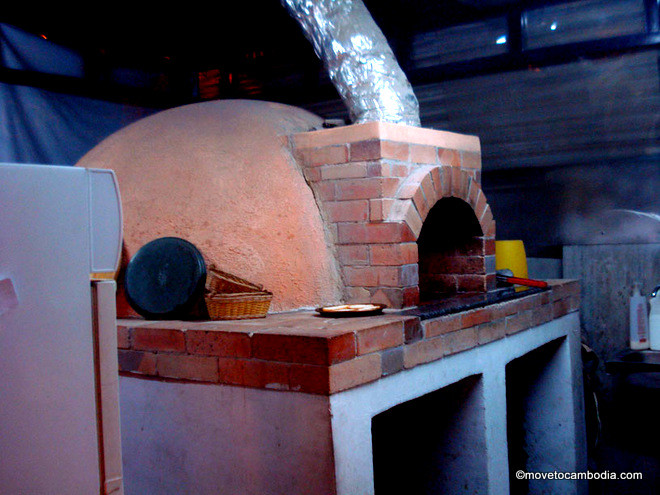
The expertly made wood-fired oven at The Italian House.
Having said that, Neapolitan-style pizzas are not for everybody. They can be described as floppy, droopy, or soggy, but that’s exactly the characteristics you want for this classic, traditional pizza (originating centuries ago in Naples, Italy). They’re eaten with forks and knives, served as a whole or unsliced, prepared in smaller portions, and rather simplistic in toppings, often with a higher ratio of tomato sauce to (mozzarella) cheese. I ordered the four seasons pizza, topped with tomato sauce, mozzarella, green olives, mushrooms, ham, and artichokes. As a fan of Neapolitan-style pizzas, I was more than satisfied!
Caution, though! The servers here are somewhat inattentive, but not purposely. They’re still learning, still trying to get their groove on, so please be patient with them.
The damage: $8.50 (Four Seasons, Normal)
Brooklyn Pizza + Bistro
After a quick glance at their pizzas, some of you may think, “That’s so American.” Others are saying, “Hell yeah!” It’s large, it’s substantial, and it’s drenched in cheesy, meaty goodness. Certainly can make a meal for two or three and quench each person’s appetite.
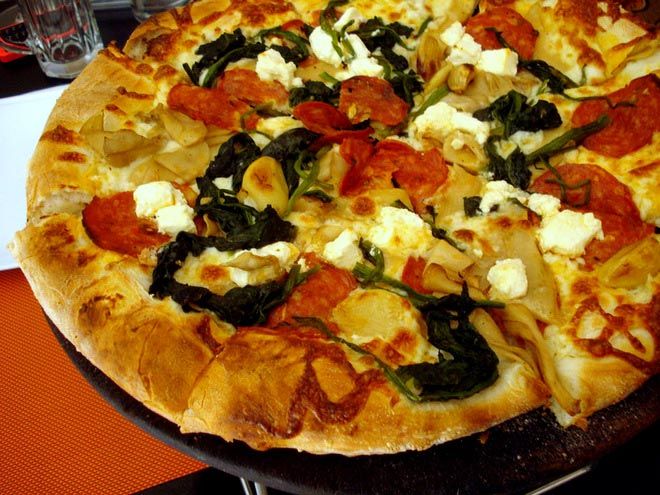
Like big pizzas? Head to Brooklyn Pizza for a seriously American-style pie.
Compared to pizzas at Piccola Italia and The Italian House, the crust at Brooklyn Pizza is more aerated and chewy. Not too firm and crispy, not too floppy and droopy. Just hard enough to pick up a slice by hand and soft enough to fold lengthwise (not sure if this pizza-folding habit is a New York thing) and shove into your mouth.
The owner of Brooklyn Pizza, Mr. Jay, is one heck of a friendly and rad guy. Going from one table to another, asking customers for their feedback, while greeting and saying farewell to familiar faces. I had a brief convo with Mr. Jay about his pizzas and learned two critical things. First, his pizzas are supposed to be a meal in itself. Check! Second, the crust is supposed to be thicker and breadier to withstand hefty toppings. Check!
You’ll also find burgers, cheesecakes, and a variety of beers including German and Belgian beers, and local craft beers from Cerevisia Craft Brewhouse at Brooklyn Pizza. Now that’s what I’m talkin’ about! A perfect pair, pizza and beer.
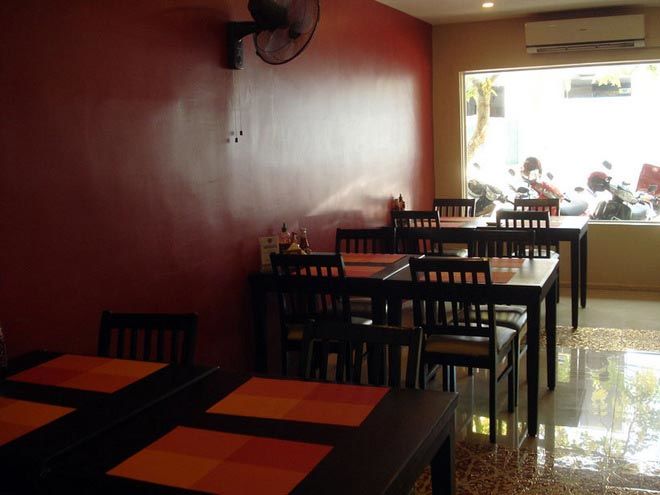
Head to Brooklyn Pizza to find pizza that will make you say “hell yeah!”
So what delicious monstrosity did I order? Actually, I didn’t order the pizza. My newly made baker friend from New York did. If I’m not mistaken, we had the “Stella,” a pizza topped with mozzarella and feta cheese, pepperoni, roasted garlic, spinach, and mushrooms. We both enjoyed it and had our fill, to say the least.
The damage: $10.95 (Stella, Large)
Conclusion
There’s no universal “best” pizza. However, if possible, eat-in for best results. Try different styles, different toppings, chase what you love and avoid what you hate. It’s as simple as that. Also, there’s no need to ridicule or put down other people’s taste preferences, unless that preference is roasted puppies stolen from neighbourly households. That’s just inconsiderate.
I know, I know! I missed out on this and that pizzeria and pizza shop. There were several on my list that I didn’t dine at, couldn’t due to time restrictions and a slow metabolism. However, please feel free to give recommendations in the comments below. When I revisit Phnom Penh, I’ll be sure to follow your suggestions. Thanks in advance!
Piccola Italia Da Luigi
36 Street 308, Tonle Bassac, Phnom Penh
T: 017 323 273
The Italian House
Open daily, 5 p.m. to 10 p.m.
2 Street 312 (end of Street 9), Tonle Bassac, Phnom Penh
T: 092 230 207
Brooklyn Pizza + Bistro
Open Tuesday to Sunday, 11 a.m. to 10 p.m.
20 Street 123, Toul Tom Pong, Phnom Penh
T: 089 925 926
